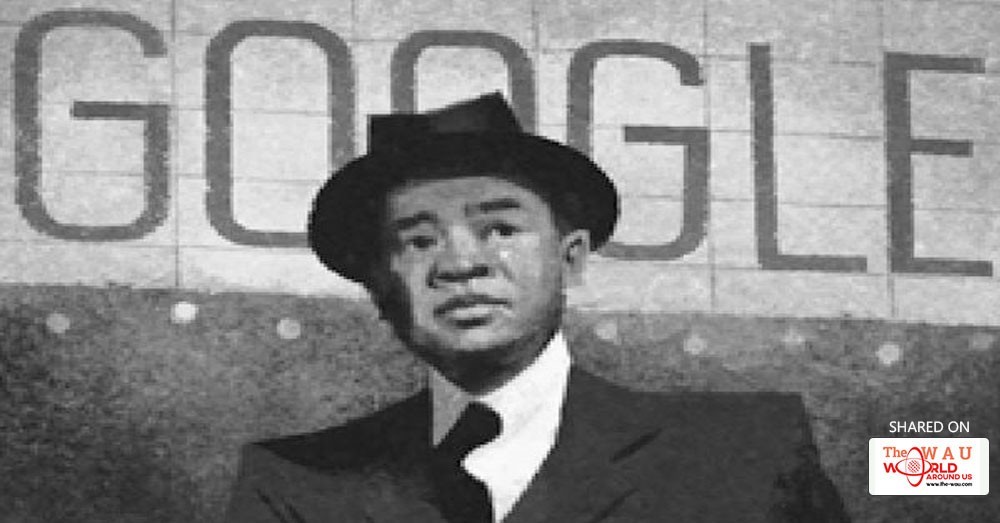Google celebrates the birthday of James Wong Howe, a Chinese American cinematographer, with a classic google doodle. Howe became famous for his innovative filming style and techniques, rising above the racial adversity in his time and environment.
Born in Guangzhou, China, Howe immigrated to the US at the age of 5 and spent his growing years in Washington. In his teens, he was a boxer by profession and worked odd jobs to make money. He joined the industry with the job of delivering films and collecting scraps from the cutting room floor of a studio.
He later discovered the art of using dark backdrops to create colors in shades for black-and-white films. He mastered this art in his career by using lighting, framing, and minimalistic movements of the camera to create and express an array of emotions.
He was the pioneer in using wide-angle cameras, with low-lighting and color lighting. He was also one of the first few artists to use a camera dolly called crab dolly, an equipment with 4 wheels and a movable supporting arm for the camera.
Howe suffered great racial discrimination in personal life in spite of his successful profession. HE got US citizenship after the Chinese Exclusion Act was implemented and was only able to make his marriage legal in the US by 1948 due to the anti-miscegenation laws.
Howe retired from the industry with two Oscars for his great work in “The Rose Tattoo” and “Hud”. According to a survey of the members of the International Cinematographers Guild, he was considered one of history's ten most influential cinematographers.
Share This Post















